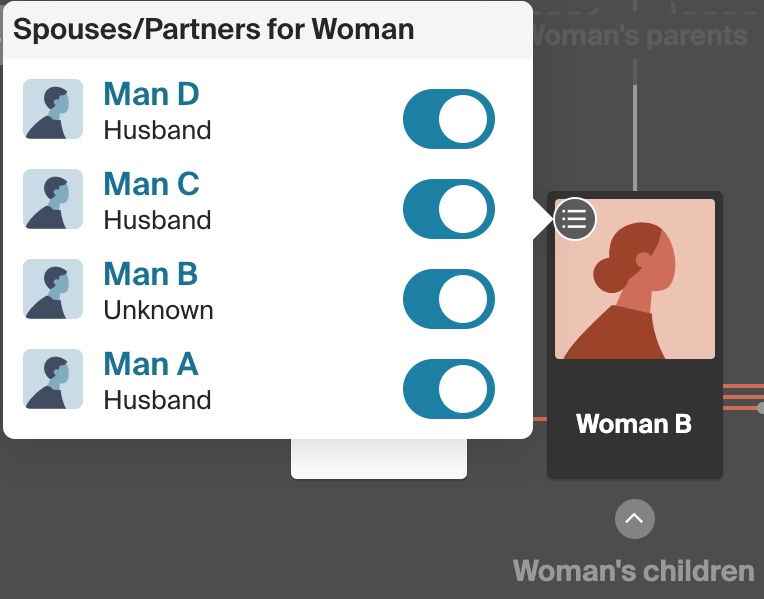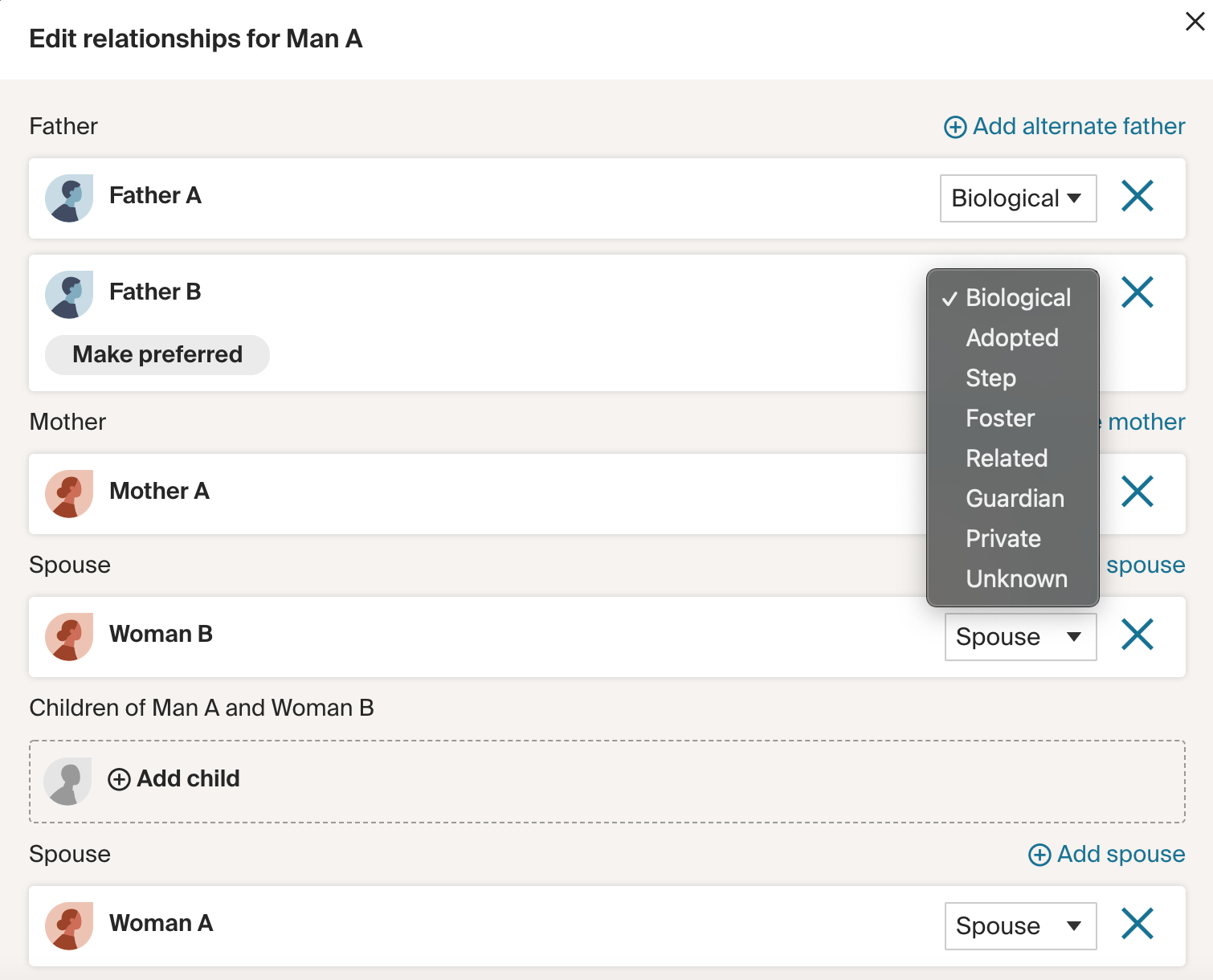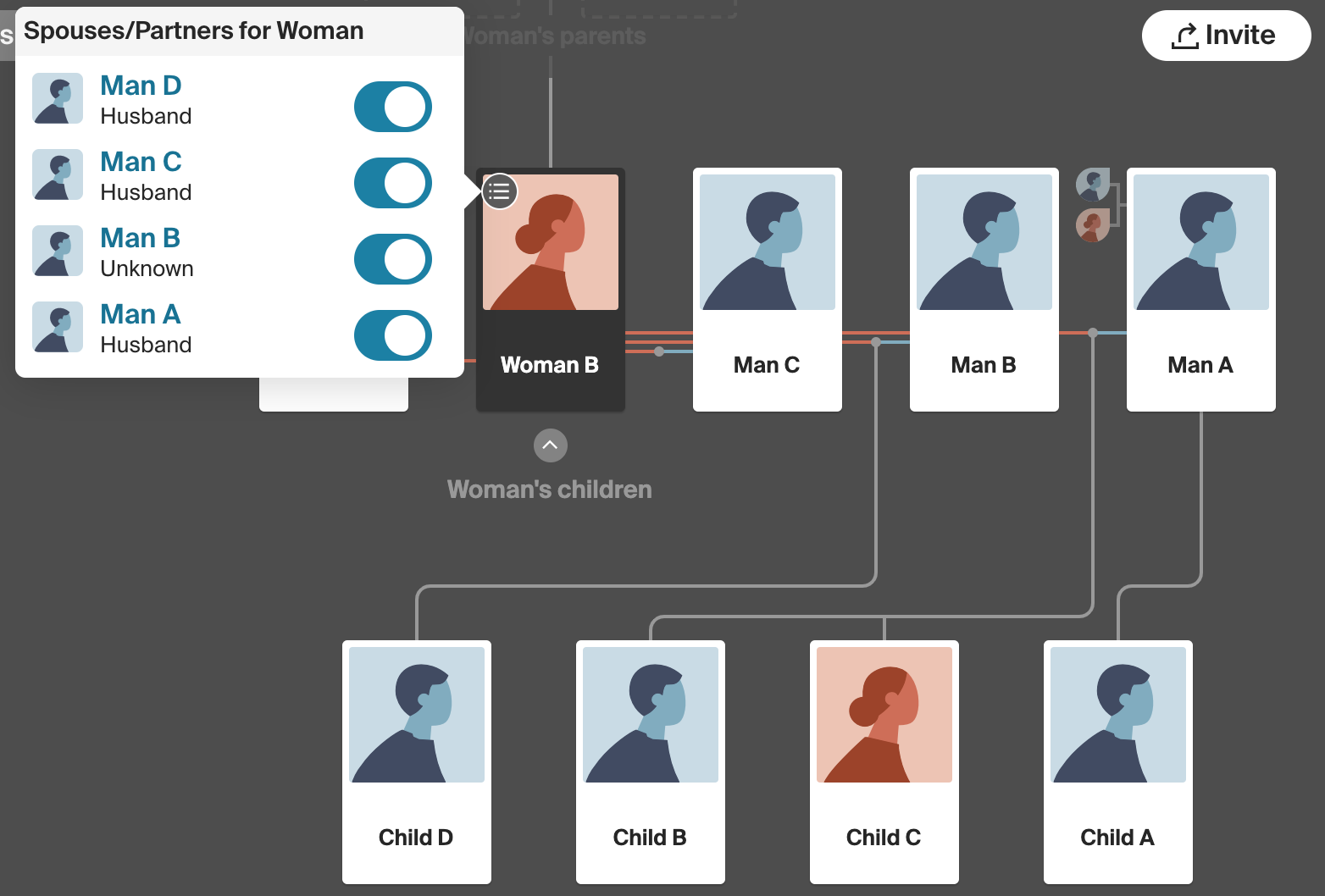Our family tree is built beginning with ourselves, children, parents, and grandparents. All the folks we know to be our kin. Sometimes that includes adoptive parents or step-parents, half-siblings, and others. Then we have our DNA tested. Perhaps we find that our genealogy is upended by discoveries in our DNA matching.
Unbeknownst to most in the family, grandpa was not dad’s biological father.
One example from our family tree, unknown to most in the family, grandpa was not dad’s biological father. For that matter, also unknown to most of the family, grandpa’s father was not his biological father. Again, unknown to most of the family, the man who married grandma knew grandma was pregnant with another man’s child. He married her in part to keep her from shame. She would never tell. In fact, her daughter only had an inkling of it because one time she overheard grandma speaking of it. Still neither grandma nor her daughter would ever actually admit it. Not even in the face of DNA evidence! It is sad on some level, but it also makes you wonder what the situation was. It could be quite painful.
All the new information we gather from DNA matching makes our previously proper family tree begin to branch out sideways. It starts to look more like a bush than a tree. The connections are more horizontal than vertical. Because it branches sideways it becomes difficult to represent and therefore somewhat difficult to follow when viewing it.

How do we display the variations in our family tree pedigree? Some online family trees provide for selecting a preferred person/spouse/partner. Then the display shows only that individual to the exclusion of all others. Ancestry has an interesting method which seems to be fairly new. Though it is still hard to follow to lines that connect the people, it provides for showing all spouses and children as well as multiple parents at the same time. The image at the top of the page is a representation similar to our actual tree.

The display options in Ancestry are not reflected in Family Tree Maker 2019, at least not for Mac. In order to see all the relationships at once you have to select a specific person. In our case, if you select Woman B you can see her children and partners. Selecting her though hides the other children and partners of the others such as those of Man A. Admittedly, there might be a way to display this, but it is not obvious.
Your Methods?
How do you deal with these challenges? Have you seen your tree becoming a bush as your DNA results show previously unknown matches? Share your comments with us.
Let us know if we can help you
If you need any help finding your ancestors, just let us know.


